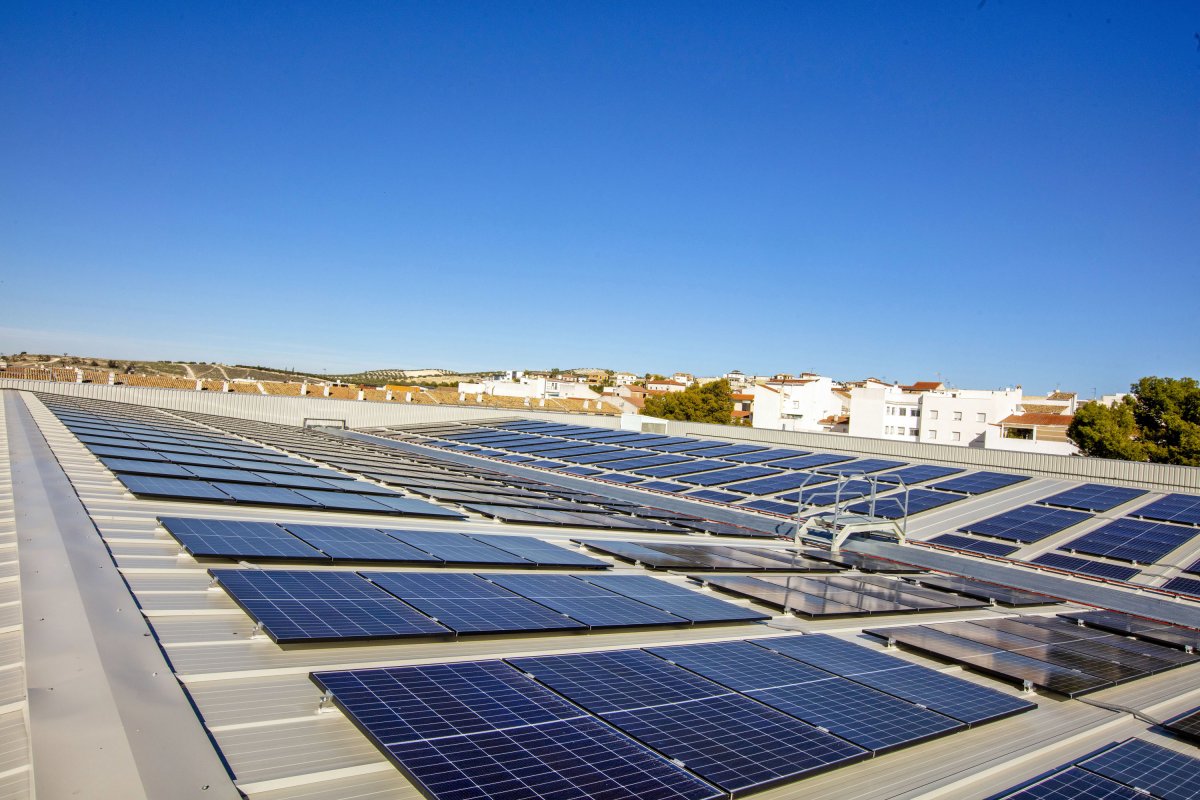Simanya Cave, located in the Sant Llorenç del Munt i l’Obac Natural Park (Vallès Occidental), never ceases to surprise. The most important Neanderthal remains ever found in Catalonia were found there: 54 bones belonging to a woman, a young man aged 11 or 12, and a child aged 7 or 8, who lived more than 50,000 years ago. The three were buried nearby, in a small, narrow and dark branch, about 70 metres from the entrance to the cave, which is about 300 metres long. The remains were secretly extracted from the cave in the 1970s, and it was not until 2020 that they were known to be Neanderthals. In the same year, it was discovered that in the same cave there was a series of engravings and pigment residues on the walls of the cave. West Gallery. It has now been confirmed that it is Paleolithic art. Their authors will be A wise man who lived during the Upper Paleolithic, between 12,000 and 14,000 years ago. These paintings coincide, in time, with those found in the Altamira Cave, in Cantabria.
One of the figurines found in Semana consists of 14 dots less than a centimetre in diameter, painted red and forming two parallel lines. The second represents four straight, somewhat broken lines, intersecting and engraved at a height of two and a half metres above the current floor. The third image shows several parallel lines close together, crowned by a semicircle at the top left. This last engraved form corresponds to the clerestory signs typical of European Paleolithic art. “They are important not because of the scene, but because of everything they tell us. In Catalonia there is a huge void in Paleolithic art, we have many sites, but practically no symbolic manifestations have been preserved,” explains Juan Ignacio Morales, of IPHES-CERCA, who conducted the research with Miriam Salas Altes, Marcos García Díez, Josep Maria Vergés, Artur Cibería and Maria Soto.
“It is important because of the symbols, which are very similar to what has been found on the edge of Cantabria or in southern France. It tells us that the people who painted these paintings in Semana expressed themselves in the same language. There are many more similarities between the Pyrenees and Cantabria compared to other places in the Mediterranean,” explains Morales. “We don’t know what the contacts were like, but they must have been because they share the same cultural traditions.”
The first scientific cave exploration of the Semana Cave was carried out in 1911, and it was also excavated in 1930 by the Terrassa Expedition Centre. It is certainly – or was before all these remains were found and therefore inaccessible – one of the most visited places in Catalonia. It belongs to the Sant Llorenç Natural Park, a destination for many walks and excursions, and is easily accessible. “It is strange that in a place so trodden and visited, such exceptional remains have been found and no one has noticed them until now,” Morales points out. The research has been published in the journal Journal of Archaeological Science Reports.

“Prone to fits of apathy. Introvert. Award-winning internet evangelist. Extreme beer expert.”









